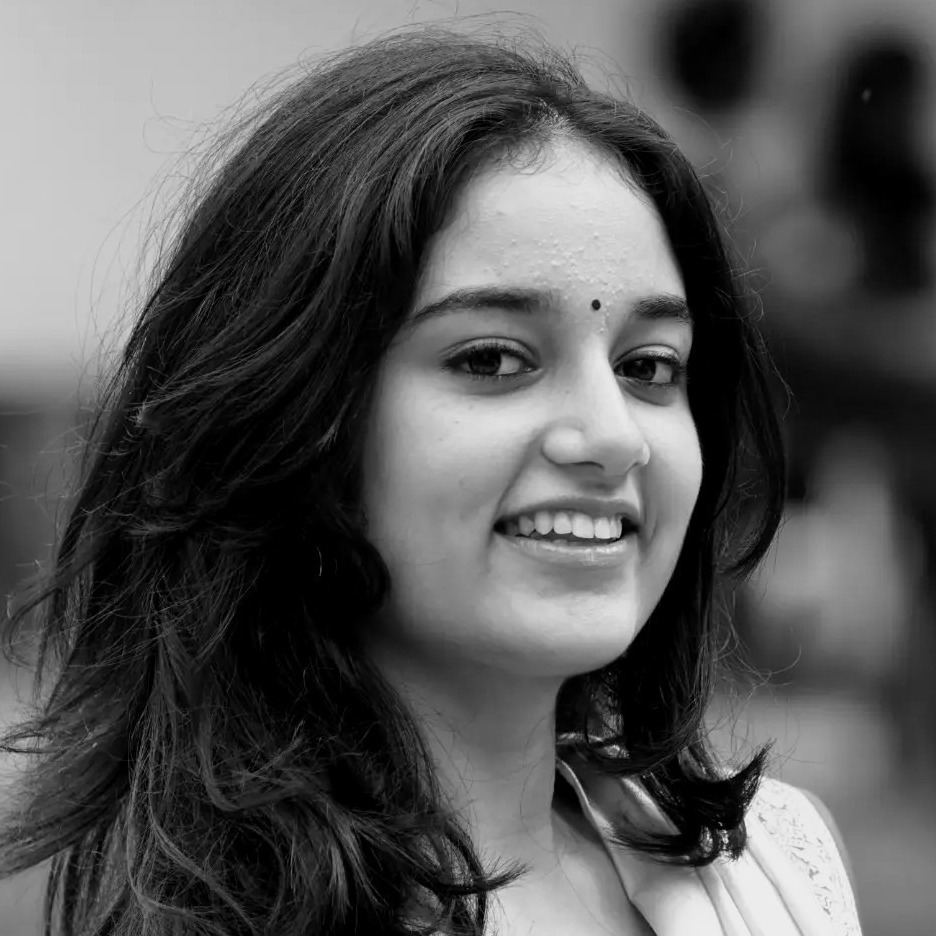There are no items in your cart
Add More
Add More
| Item Details | Price | ||
|---|---|---|---|

Drawing/Sketching is like a language. It’s a designer’s mode of communication. The better you get it at it, the better you are able to communicate your ideas. In the end, the whole idea of the creative field is to be able to get your ideas across, and drawing makes everything understandable. Of course, your problem-solving skills, your creativity and imagination matter most, much above anything else, but having an upper hand in drawing as well, is always a leverage.

NID is an institute for creative people. They are looking for people who can go wild with their ideas. You need to give them all the crazy stuff you got! Out of the ordinary is what is required. You got to have something that no one else does. It’s like having a secret recipe. Your secret ingredient is the key to your tasty Michelin star dish. Like that, your creativity is what’s going to get you through.
Drawing is most definitely going to help you as a designer. Whether it’s now or maybe later in the long run. Some time or the other you will come back to it. So, it’s best to get started as soon as you can. Plus, drawing is fun! You can draw whatever you like. Horse carts flying to the moon, strawberry croissant buildings on the streets of Paris or firefly powered cars! See, when you draw, the domain is all yours, that blank sheet of paper is your world. Do whatever you want, however you want!

Let’s get to summing things up. If you are really looking to improving your drawing skills for the NID exam, here are a few things that could help. There are two types of drawing if we put it broadly; Analytical and Organic.
This is all the geometric drawing. It involves drawing all the non-living man-made things. Very mathematical. Things like product sketching, automobile sketching, yada yada. To get started in this domain of drawing; you can draw some lines, circles and ellipses, freehand on a sheet of paper. Practice this regularly.
This domain of drawing is very organic. I mean, obviously that’s the name. But what I mean is, it doesn’t involve any geometric shapes. On the face of it, that is. You draw things like nature, humans, animals etc. The base of all this, is the basic shapes though. So, in some way, those shapes do come around.
After doing all this you come to making scenarios, which are a merger of these two.
For more information about NID, visit their website: https://www.nid.edu/home
...

Parinita Manchanda
Communication Design/ NID Vijayawada
Behance: https://www.behance.net/parinitmanchan
Linkedin: https://www.linkedin.com/in/parinita-manchanda-92a0b4240/